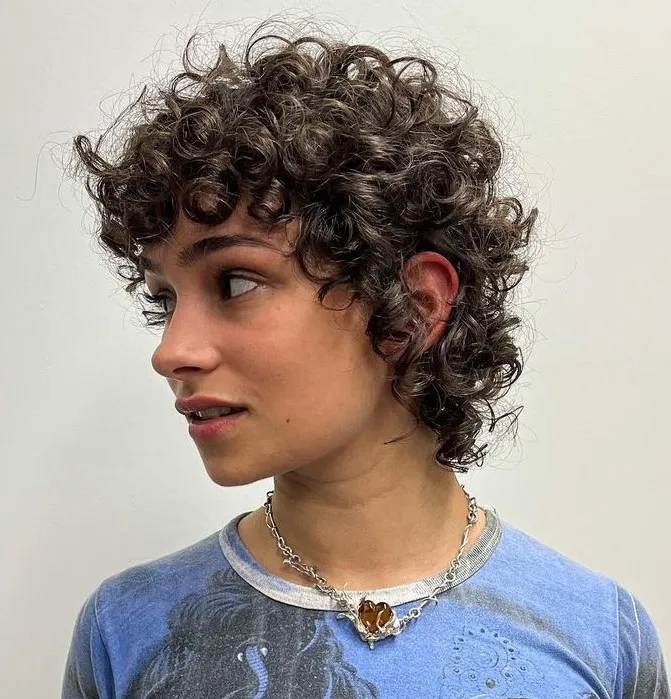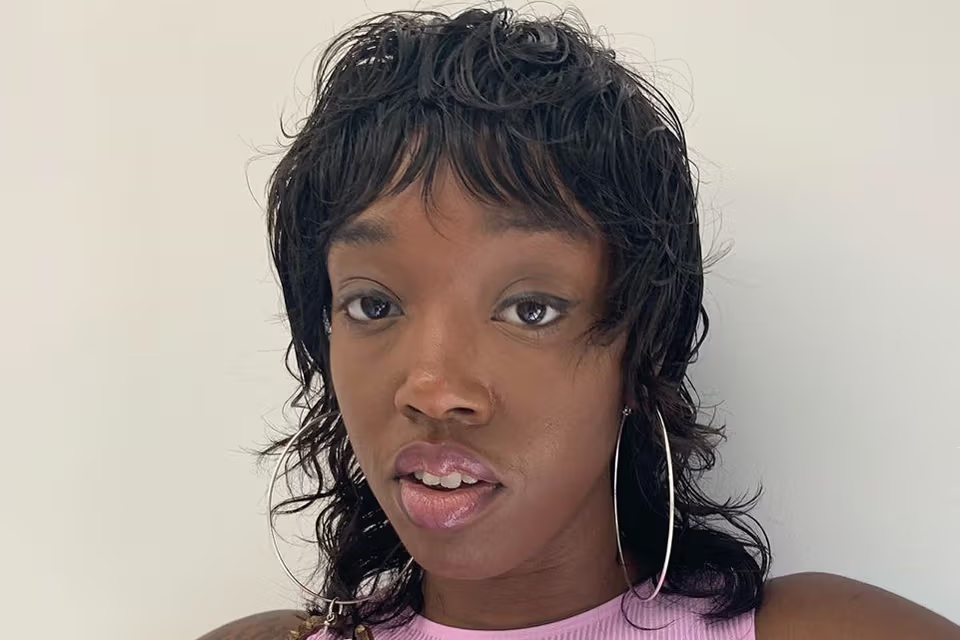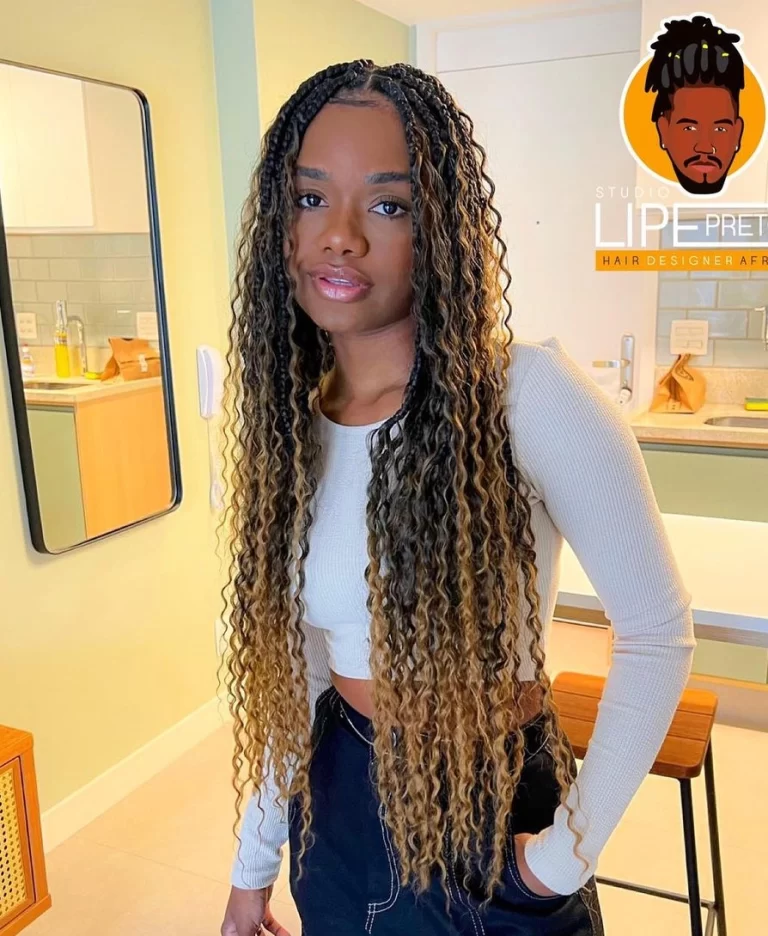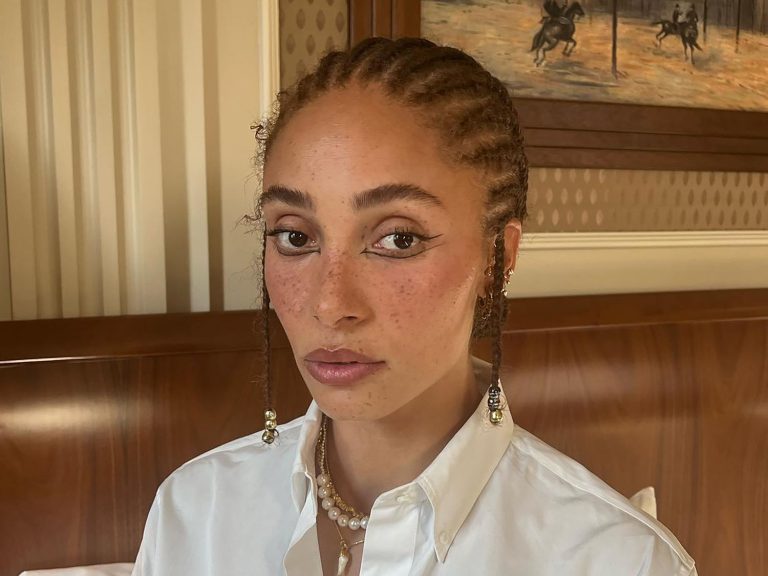
Mullet Hairstyle
The Mullet Hairstyle: A Rebellious and Iconic Look
The mullet hairstyle has been a subject of controversy, admiration, and ridicule over the decades. This audacious haircut, characterized by short hair on the front and sides, with long hair cascading down the back, has defied fashion norms and carved a unique place in pop culture history. From rock stars to athletes, the mullet has been embraced by those seeking to make a bold statement and challenge societal norms.
What is a Mullet?
The mullet is a distinctive hairstyle that combines contrasting lengths and textures. The front and top sections are kept short, while the back is allowed to grow long, often past the shoulders or even further down the back. This juxtaposition of styles creates a striking and unmistakable silhouette that immediately catches the eye.
The mullet’s origins can be traced back to ancient civilizations, where warriors and hunters wore their hair long in the back as a practical measure for protection and warmth. However, the modern mullet as we know it gained popularity in the 1970s, when it was embraced by rock stars and country music icons, becoming a symbol of rebellion and counterculture.
The Mullet’s Resurgence
After a period of relative obscurity, the mullet made a surprising comeback in the late 2010s. This resurgence was fueled by a combination of nostalgia, irony, and a newfound appreciation for its unconventional aesthetic. Celebrities and fashion influencers began rocking the mullet, sparking a trend that spread across various subcultures and age groups.
Mullet Styles and Variations
While the core concept of the mullet remains consistent, there are numerous variations and styles that cater to different tastes and personalities:
- Classic Mullet: The traditional mullet features a sharp contrast between the short front and long back sections.
- Modern Mullet: This updated version features a more subtle transition, with slightly longer sides and a softer, textured finish.
- Curly Mullet: Embracing natural curls or waves, this style adds volume and movement to the long back section.
- Asymmetrical Mullet: An edgier take, with the back length varying from one side to the other, creating an asymmetrical silhouette.
- Mullet Hawk: A fusion of the mullet and mohawk, this bold style features a strip of long hair down the center of the back.
Mullet Icons and Inspirations
Throughout history, several icons have popularized and embodied the mullet look:
- David Bowie: The legendary musician rocked an iconic mullet during his “Ziggy Stardust” era, inspiring generations of fans.
- Andre Agassi: The tennis superstar’s flowing mullet became a signature look during his early career in the 1980s.
- Mel Gibson: The actor’s mullet in the “Lethal Weapon” films cemented the hairstyle’s association with rugged masculinity.
- Billy Ray Cyrus: The country singer’s “Achy Breaky Heart” mullet became a cultural phenomenon in the 1990s.
Mullet Maintenance and Care
Maintaining the perfect mullet requires dedication and attention to detail:
- Regular Trims: The front and sides should be kept neatly trimmed to maintain the desired contrast with the long back section.
- Conditioning: Long hair at the back can become dry and brittle, so using a deep conditioning treatment is essential.
- Styling Products: Pomades, waxes, and styling creams can help shape and define the mullet, creating a polished or textured finish as desired.
- Heat Protection: For those who use heated styling tools, applying a heat protectant is crucial to prevent damage to the long hair.
Mullet Fashion and Accessories
The mullet hairstyle lends itself to various fashion styles and accessories that complement its bold aesthetic:
- Bandanas: A classic accessory for the mullet, bandanas can add a touch of ruggedness or a pop of color.
- Denim and Leather: These materials pair perfectly with the mullet’s edgy vibe, creating a rock-inspired look.
- Statement Jewelry: Bold necklaces, earrings, or bracelets can enhance the mullet’s rebellious spirit.
- Sunglasses: Oversized or aviator-style sunglasses add a cool factor to the mullet look.
Cultural Significance
Beyond its fashion implications, the mullet hairstyle has taken on cultural significance in various contexts:
Working-Class Roots:
The mullet has been associated with blue-collar workers and rural communities, where practicality and individuality are valued.
Rebellion and Counterculture:
The mullet’s bold and unconventional appearance has made it a symbol of resistance against societal norms and mainstream fashion.
Regional Identity:
In certain regions, such as the American South or parts of Australia, the mullet has become a source of pride and a representation of local culture.
Mullet Controversies and Stigmas
Despite its recent resurgence, the mullet hairstyle has faced its fair share of controversies and stigmas:
Workplace Discrimination:
In some professional settings, the mullet has been considered unprofessional or unsuitable, leading to debates about personal expression and dress codes.
Cultural Appropriation:
Some have argued that the mullet’s adoption by certain groups or subcultures can be seen as cultural appropriation, particularly when it lacks an understanding or appreciation of the hairstyle’s roots.
Gender Stereotypes:
The mullet has sometimes been associated with stereotypical notions of masculinity, leading to discussions about gender norms and self-expression.
The Mullet in Pop Culture
The mullet has made numerous appearances in popular culture, often serving as a source of humor or commentary:
- Movies and TV Shows: From “Joe Dirt” to “Dumb and Dumber,” the mullet has been a recurring punchline in various comedies and sitcoms.
- Music Videos: Music artists like Miley Cyrus and Rihanna have embraced the mullet in their music videos, adding an edgy and rebellious aesthetic.
- Memes and Internet Culture: The mullet has become a popular subject of memes and internet humor, often poking fun at its unconventional appearance.
Embracing the Mullet
Despite the controversies and stigmas, many individuals have chosen to embrace the mullet as a form of self-expression and individuality:
Personal Style:
For some, the mullet is a way to showcase their unique sense of fashion and stand out from the crowd.
Confidence and Boldness:
Rocking a mullet can be a statement of confidence and a willingness to defy societal norms.
Reclaiming the Hairstyle:
For marginalized communities or subcultures, embracing the mullet can be a way of reclaiming and celebrating their cultural roots.

The Mullet’s Lasting Impact
Regardless of its polarizing nature, the mullet hairstyle has left an indelible mark on fashion and pop culture:
Fashion Cycles:
The mullet’s resurgence exemplifies the cyclical nature of fashion trends, where styles once considered outdated can make a comeback and gain newfound appreciation.
Self-Expression and Individuality:
The mullet serves as a reminder of the importance of personal expression and the freedom to challenge mainstream beauty standards.
Cultural Significance:
As a symbol of rebellion, counterculture, and regional identity, the mullet has transcended its status as a mere hairstyle and become a cultural phenomenon.
Closing Thoughts
The mullet hairstyle, with its bold and unconventional appearance, has proven to be more than just a fleeting trend. It has become an iconic symbol of individuality, rebellion, and cultural expression. While it may continue to spark debates and controversies, the mullet’s enduring presence in fashion and pop culture serves as a testament to its lasting impact and the power of unapologetic self-expression.




